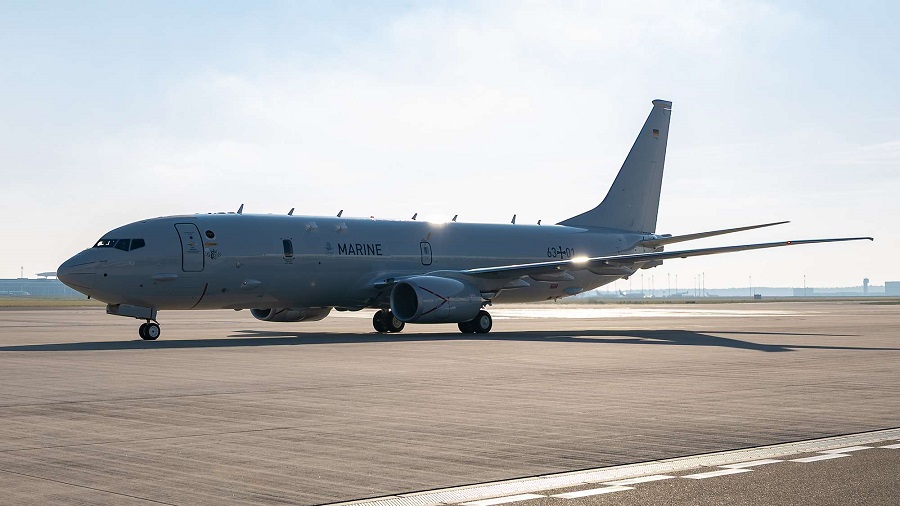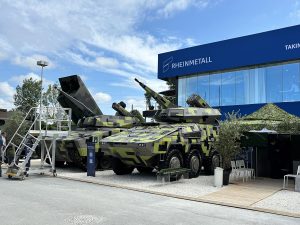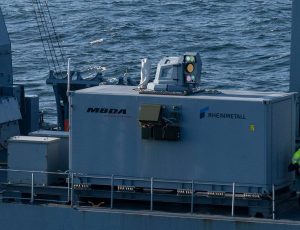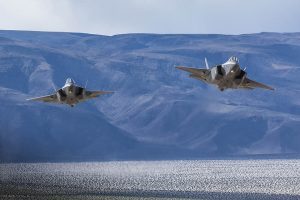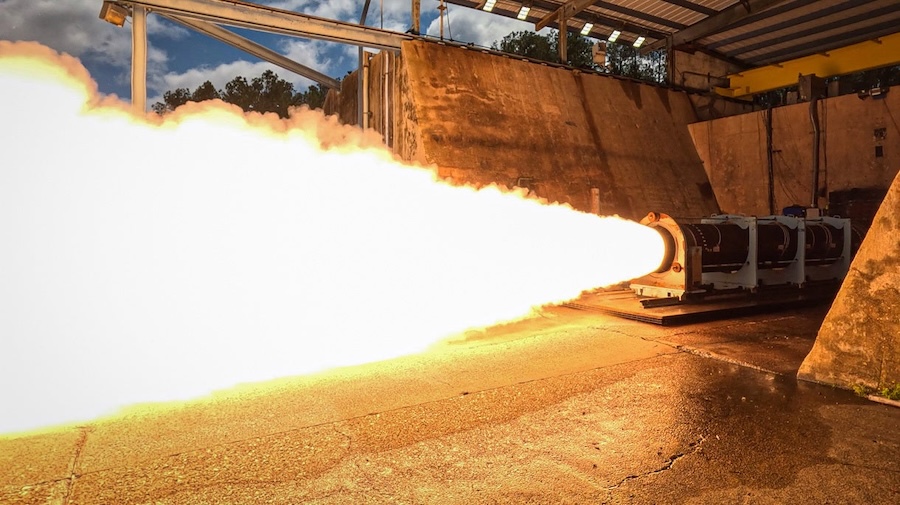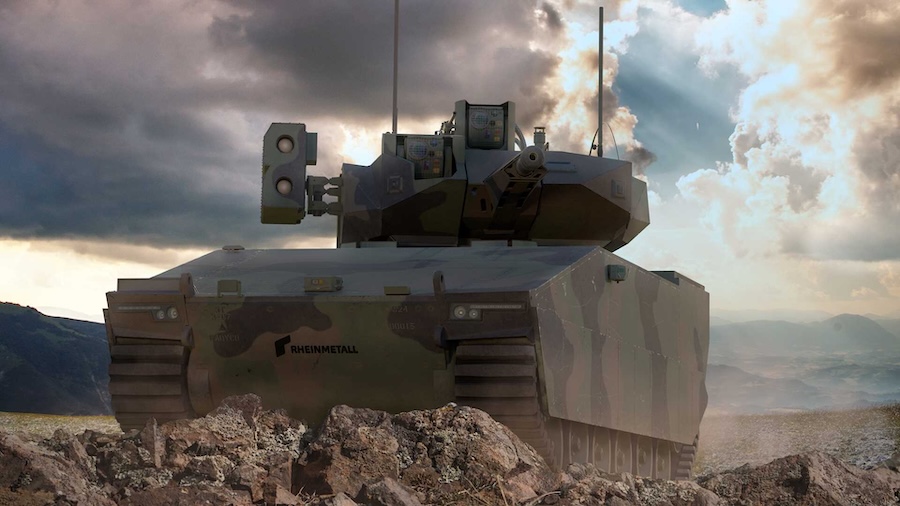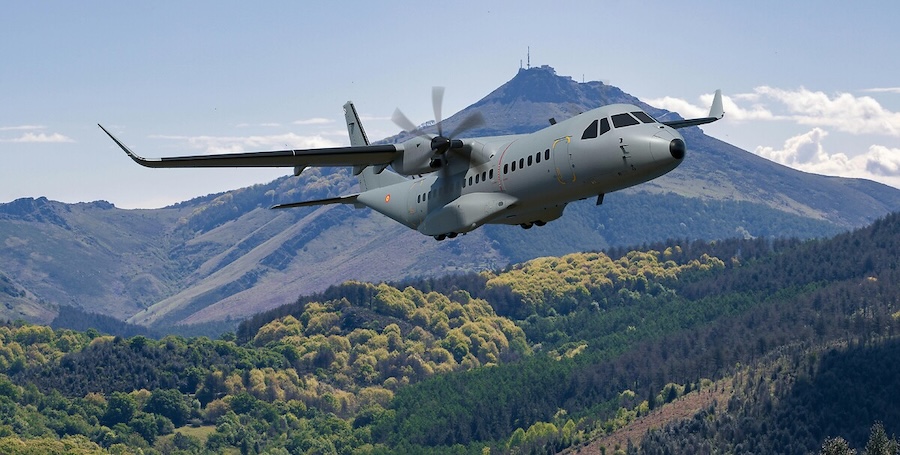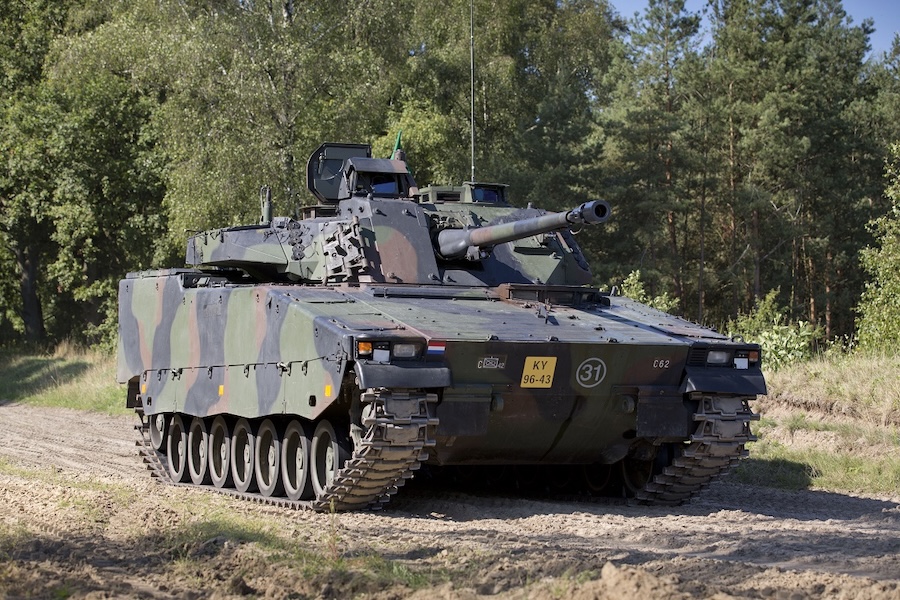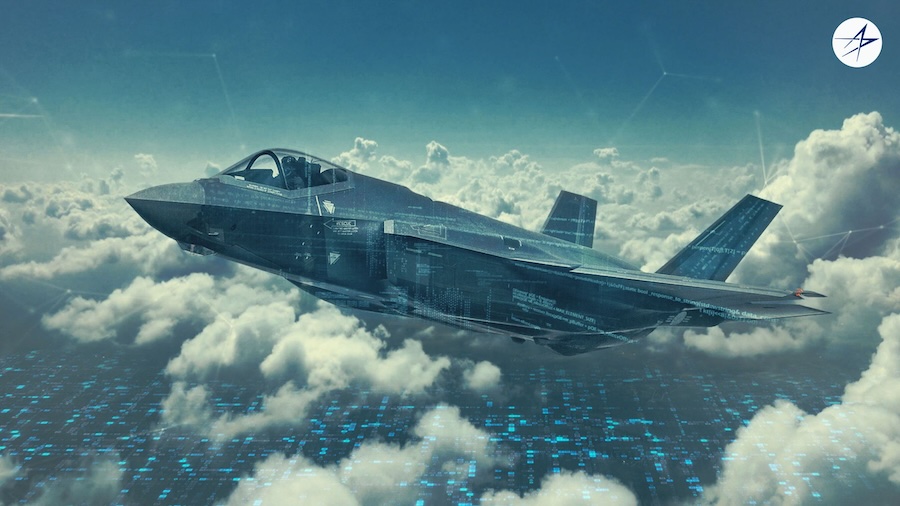The P-8A Poseidon, produced in the United States, replaces the ageing P-3C Orion and is designed for maritime surveillance and anti-submarine warfare. The delivery is part of a €3.1 billion investment in eight aircraft, with the remaining units due by 2029.
“Today, our naval aviators are quite literally switching from propeller to jet propulsion,” said Pistorius. He described the P-8A as “a particularly modern and powerful system,” noting that he had previously flown in a British aircraft of the same type.
The minister praised the rapid pace of the procurement project, which took only four years from order to delivery. “For naval aviation, a new era begins,” he said. “Technologically, because we are introducing a fully digitalised weapon system with state-of-the-art sensors. Logistically, because we can also maintain the aircraft with civilian industry. And, of course, operationally, because we will work even more closely with our partners.”
The crew of Naval Air Wing 3 from Nordholz flew the new aircraft via Iceland to Germany. Following his congratulations, Pistorius toured the aircraft’s cockpit and interior and highlighted its role in the broader modernisation of the naval air fleet, which includes the upcoming delivery of the NH90 Sea Tiger helicopter.
Vice Admiral Axel Deertz, Deputy Chief of the Navy and Fleet Commander, also welcomed the arrival of the new platform. “This is a great day for naval aviation,” he said. After around twenty years, the navy now has another jet-powered aircraft. “It has immense capabilities and takes us a huge step forward,” Deertz added, calling the procurement “a major leap into the future.”
The P-8A Poseidon, based on the Boeing 737-800 airframe, is now the largest combat aircraft in the Bundeswehr fleet. It features advanced radar, video and acoustic sensors for surface and sub-surface reconnaissance, real-time digital communication systems, and a missile defence suite.
With a range of over 2,200 kilometres, the aircraft is armed with US-made torpedoes, depth charges, and will later be equipped with anti-ship missiles and British Stingray torpedoes. Its primary area of operation will be the North Atlantic, between Greenland, Iceland and the UK—an area of high strategic importance for NATO supply lines.
Additionally, the P-8A will contribute to the protection of critical infrastructure in the North and Baltic Seas. Alongside Germany, NATO allies such as the US, UK, and Norway operate the aircraft, as do countries including India, Australia, South Korea, and New Zealand.
Source: German Armed Forces.




